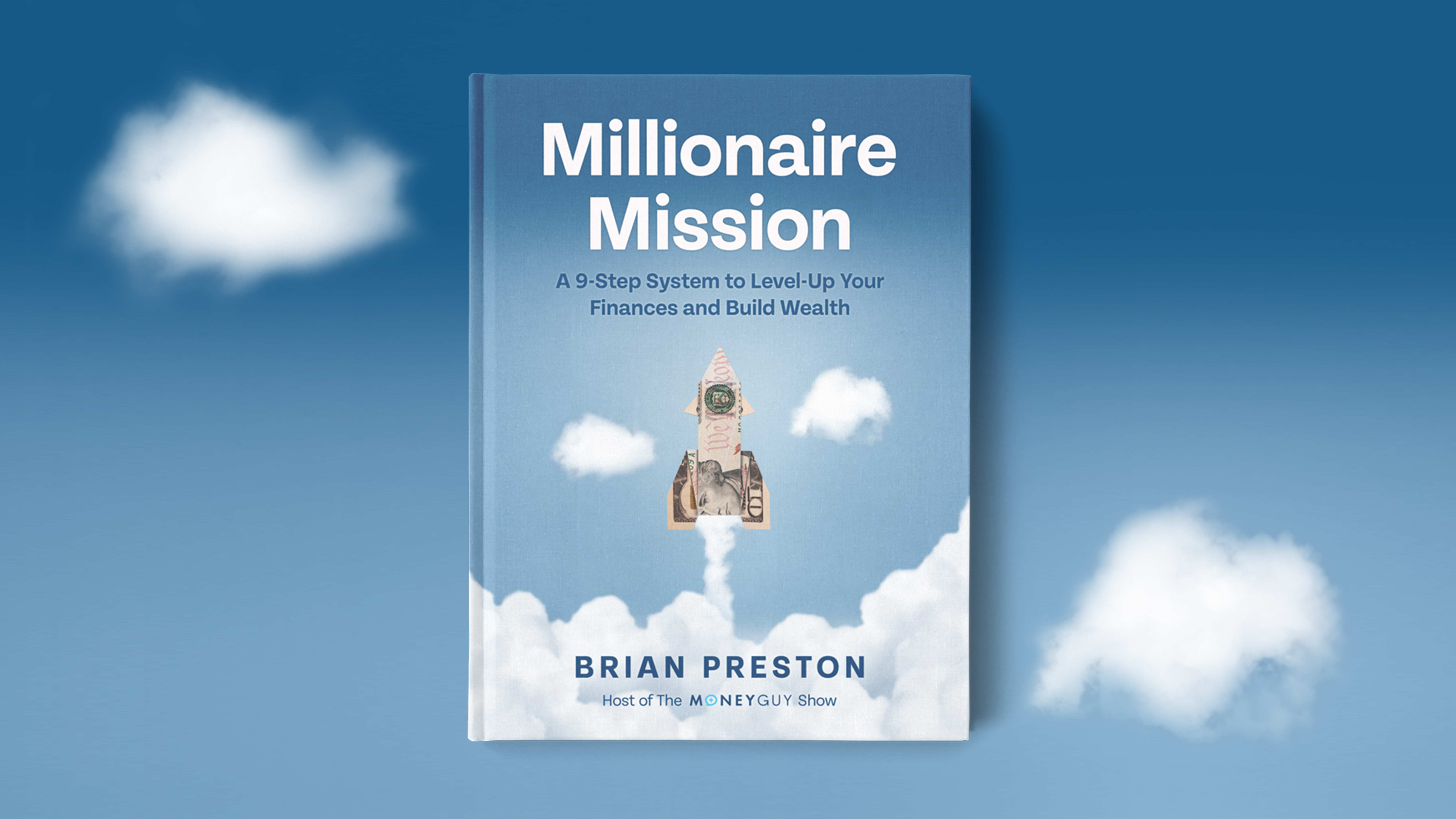Happy to Hockey asks, "When calculating your Financial Independence number, do you consider inflation? So, if I need 40K per year now, does that mean I need like 1 million for the four percent rule? Or should it be considerably higher because of inflation?"
The answer is yes, absolutely. You should factor in inflation. One of the big misconceptions or mistakes we often see in retirement planning is people picking a number. They're like, "As soon as I get to a million dollars, then I'm going to retire." Or maybe it's, "As soon as I get to 2 million, then I'm going to retire." We need to guide them and say, "That's great, but if you're doing that 15 years from now, the four percent withdrawal rate will still be four percent of whatever the nominal value of your dollars is. But the real purchasing power of those dollars will have decreased." In other words, two million dollars 15 years from now won't be the same as two million dollars today. So, that's absolutely something that needs to be factored into your plan. You don't want to build up to a million and then realize that 40 grand won't go as far as you thought it would.
Inflation has an impact, and what's frustrating is that for the last two to three decades, you could use an inflation adjustment of two to three percent and be fine. But now, post-pandemic, we've seen inflation spike up. Depending on the variables you look at, we're even seeing double-digit figures, especially in certain sectors and everyday products. This can be frustrating, especially if you're getting close to retirement, say, within the next five to ten years. You want to narrow down what you need for success. But don't worry; this is why we've created tools to be your co-pilot. As you make small incremental decisions toward Financial Independence, you'll be prepared.
Now, let's talk about creating a retirement plan that covers all scenarios. Think of it like wearing 3D glasses. The first is the dream plan—everything is amazing in retirement. Then there's the down-to-earth plan—what you think will likely happen. And lastly, there's the doo-doo plan—when things go wrong. Creating these three plans might sound complex, but we've got you covered with the "Know Your Number" course. You can find it at learn.moneyguy.com. This course helps you figure out your retirement number, considering factors like age, rate of return, and inflation. You can adjust the assumptions in real time to see how the numbers change. It's like filling in a 3D plan by numbers.
When you're getting closer to retirement and think you're in the horseshoe's bullseye, that's where the Abundance Cycle comes in. This is where your co-pilot helps you navigate any blind spots and assess your probability of success. We're here to help you through that process. For more information, check out our
free resources. Love it!













